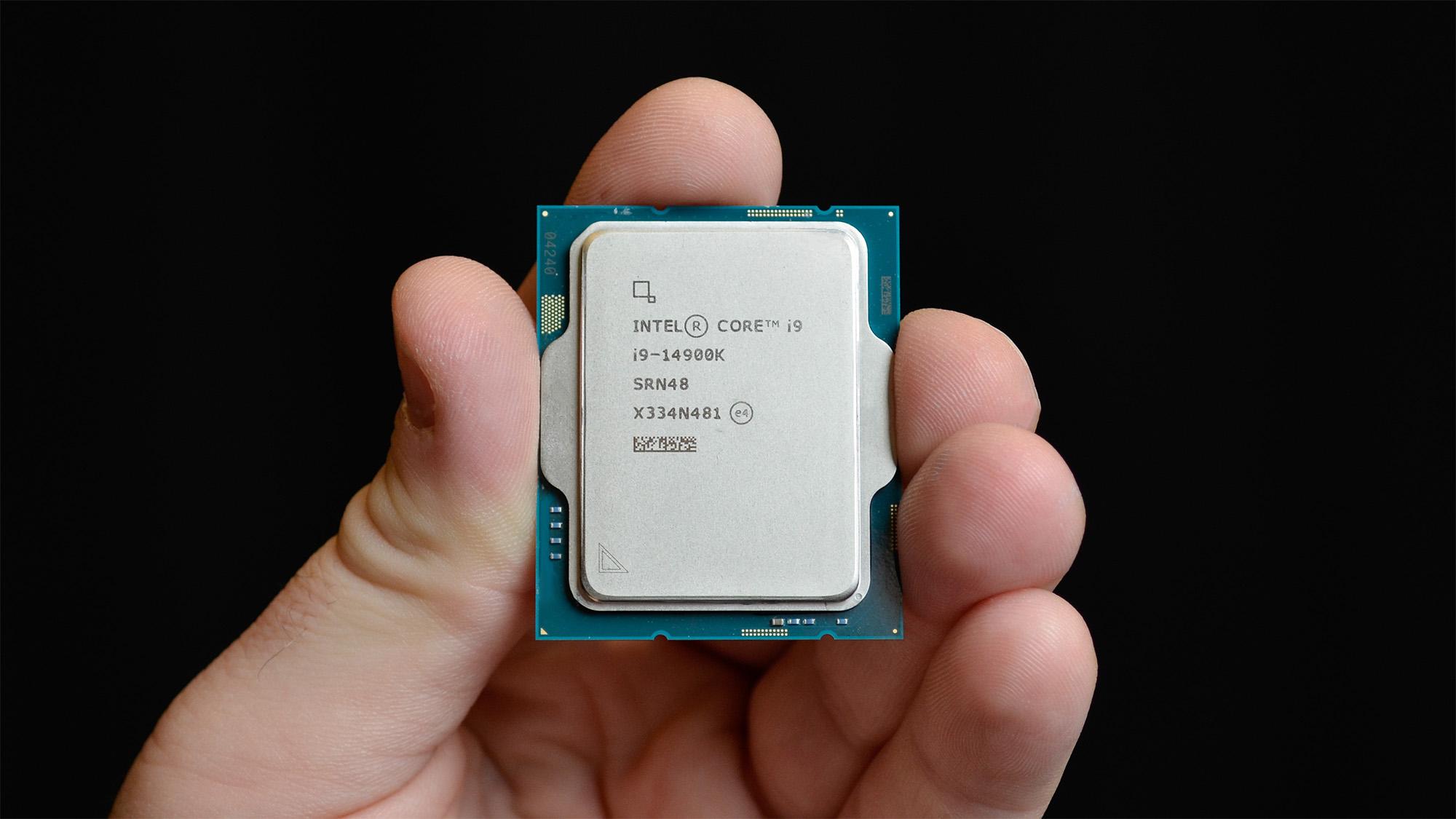TOPS Explained – Exactly How Powerful is Apple’s New M4 iPad Chip?
Apple has once again brought its technological prowess to the forefront with the introduction of its powerful M4 chip for the iPad. As Apple continues to push the boundaries of performance in its devices, it has become increasingly important to understand the technological advancements and the impact they have on user experience.
The M4 chip represents the latest iteration of Apple’s in-house-designed chips, which have consistently impressed users and rival manufacturers alike. But just how powerful is this new chip, and what does it mean for iPad users?
To gauge the power of the M4 chip, we need to delve into its technical specifications. This chip employs a combination of an advanced 5-nanometer manufacturing process and Apple’s powerful Neural Engine. It is built on a 16-core neural architecture, boasting an impressive 30 trillion operations per second (TOPS). These operations are specifically designed to cater to machine learning tasks, making the M4 chip excel in AI-related applications.
But what does this mean for everyday use? The M4 chip significantly enhances the capabilities of the iPad, allowing it to perform complex tasks at lightning-fast speeds. Whether you are using resource-intensive apps, multitasking, or engaging in graphics-intensive gaming, the M4 chip ensures smooth and efficient performance.
The Neural Engine, in particular, is a standout feature. It facilitates real-time processing of various tasks involving machine learning, such as facial recognition, natural language processing, and image analysis. This means that features like Face ID, Siri, and augmented reality applications will work seamlessly and swiftly on the new iPad.
Additionally, the M4 chip brings tremendous improvements to graphics performance. It features an upgraded GPU, enabling enhanced visuals and realistic rendering. This is particularly exciting for creative professionals who rely heavily on editing software, as the M4 chip allows for smooth and lag-free editing even with large files.
The M4 chip also boasts improved power efficiency. Despite its increased capabilities, it manages to balance performance and power consumption effortlessly. This results in prolonged battery life, ensuring that users can work or enjoy multimedia content for longer without worrying about running out of power.
Apple’s M4 chip also supports Thunderbolt and USB 4 technology, further expanding the iPad’s connectivity options. Thunderbolt’s high-speed data transfer capabilities enable the use of external displays with up to 6K resolution, making the iPad a versatile tool for content creation and consumption.
In conclusion, Apple’s M4 chip marks another significant leap forward in the company’s drive to deliver cutting-edge technology to its users. With its powerful processing capabilities, improved neural architecture, and enhanced graphics performance, the M4 chip ensures a seamless and efficient user experience. From creative professionals to casual users, everyone stands to benefit from the immense power this chip brings to the iPad. Whether it is heavy multitasking, running resource-demanding apps, or engaging in graphics-intensive gaming, the M4 chip effortlessly meets the demands and expectations of users, solidifying Apple’s position as an industry leader in innovation and performance.
Hey Subscribe to our newsletter for more articles like this directly to your email.
